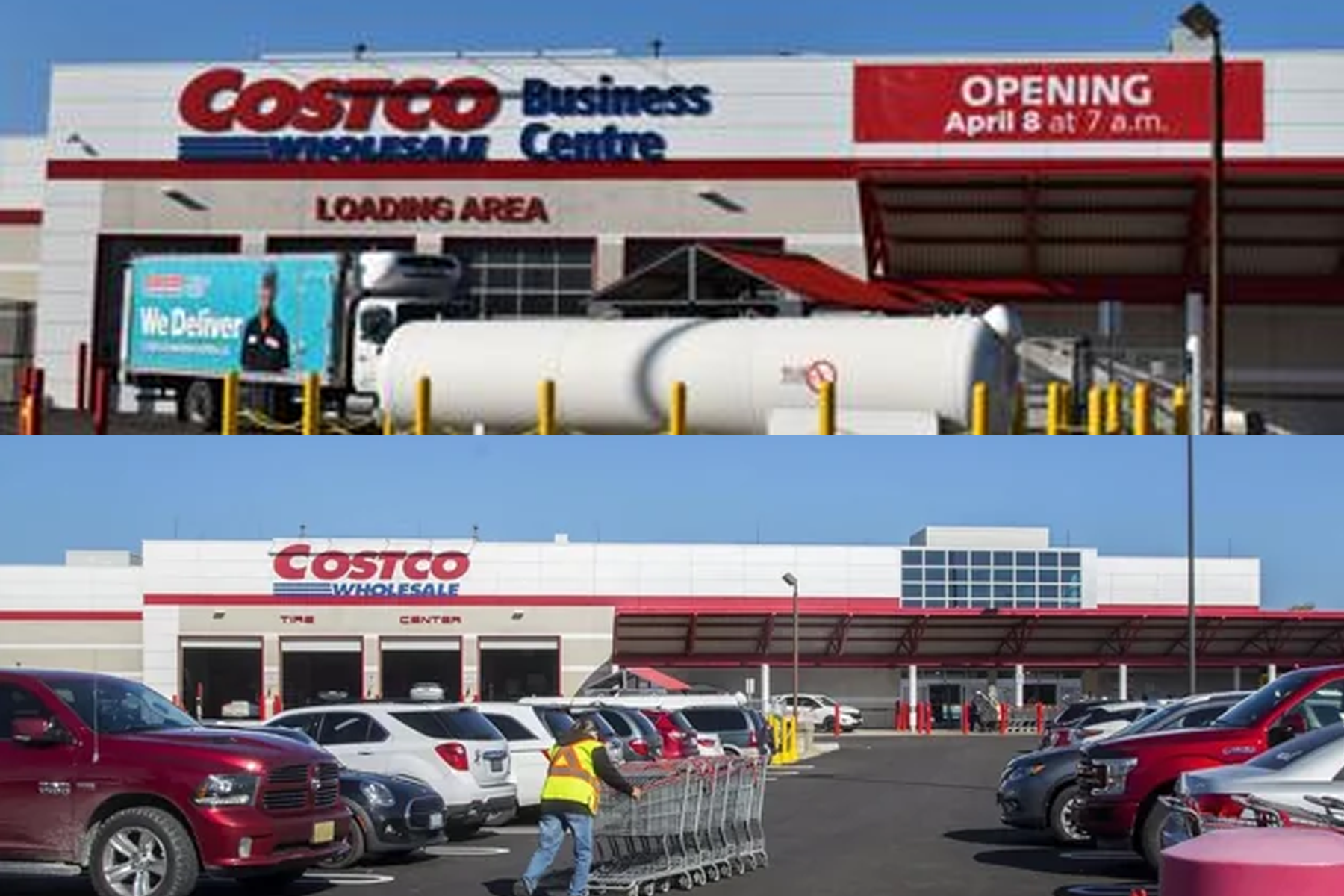Is owning a Costco membership all that it’s hyped up to be?
For university students trying to stretch a tight budget, every dollar matters. When faced with the rising costs of inflation and ever-present school stressors, the sprawling aisles of bulk goods Costco provides feel like a haven. Cheap rotisserie chickens and hotdogs sound great in principle, but in practice, university students may struggle with spending $60 to enter the illustrious world of Costco.
Costco only makes sense for students who shop together and have space to spare.
I’ve been a loyal Costco member since I was 18. As soon as I was eligible to get a membership, I got one. I understand that that’s not a common sentiment, and that Costco’s cult-like following generated from its exclusivity is rare among retailers.
Still, walking through those warehouse aisles, I can’t help but feel a small victory over inflation. But after years of shopping there, it’s clear that Costco isn’t a real solution for those on a student budget.
As someone who spends most of their grocery budget at Costco, I understand the phenomenon of walking in with the intention of purchasing a handful of items but walking out having somehow worked up a tab of $250, excluding the $1.50 hotdog, a somewhat mandatory “perk” of the shopping experience.
There’s something psychological about the Costco pull — that sense of belonging to a club. Flash your card, grab an oversized shopping cart and suddenly you’re a “smart shopper.” Costco is built from the ground up for 100 per cent customer satisfaction; its offerings are driven by popularity and how quickly products turn over. There’s a reason why you bought a kayak on the same trip where you initially wanted some fresh baked bagels and 30 large eggs.
Their legendary return policy effectively lulls you into a false sense of security: “If I don’t like it, they’ll take it back.” This sentiment even extends to the membership. The store is designed to know what you’ll want and to make you feel an overwhelming craving to buy it. It’s a dangerous game for students and any sale addicted shopper like myself.
Proportionately, Costco prices aren’t higher than other grocery stores and in many cases, they’re lower. Buying six months’ worth of toilet paper is great in theory until you realize you have nowhere to store it. The “buy more, save more” model only works if you have the money and the space — two things students notoriously lack.
Everything about Costco, from its middle-to-upper-class membership base to its sprawling parking lots, signals who it’s really built for: people with cars, storage and stability. Colossal quantities and absence of bags at the check-out lines only reinforce that reality. Try getting on a bus with a 30 pack of toilet paper under one arm and 10 pounds of pasta under the other: I’m sure you’ll be regretting the hour-long ride back to Brock.
Don’t get me wrong, Costco can be an extremely fun and unique shopping experience. The problem is that most students simply can’t enjoy that experience.
If you’re living with roommates and splitting costs, have a car and enough storage space, by all means, give it a shot. Costco can be a real financial ally for some Brock students.
For most of us — financing the rising costs of rent, tuition and inflation through part-time work — the membership is more of a burden than a benefit.
At the end of the day, Costco rewards stability, not scarcity. Until you have a car, a deep freezer, a basement or a few people to split the bill with, your money is better spent elsewhere.

